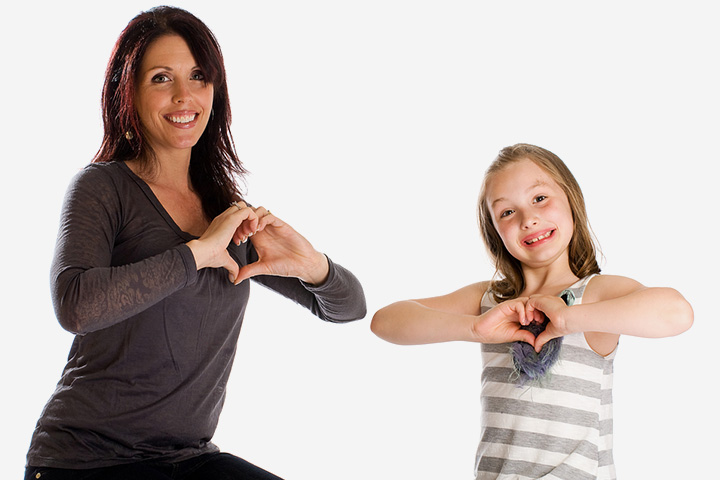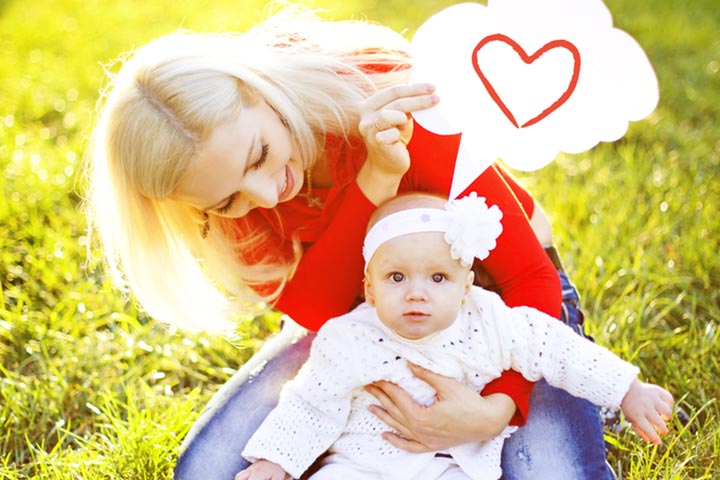
Image: Shutterstock
When your baby is too young, about only a few months old, you may find yourself struggling to understand what your baby might be feeling at a given point of time. The feeling of joy and happiness is easily comprehended by their radiant smile. But what about the feelings of frustration, hunger and discomfort? How do you address that?
It would have been wonderful if you had some access to their world wherein you could communicate with them even before they started to speak. And you would be surprised to know that it is not an impossibility. It is not entirely a guessing game to understand the gestures and babbles that your baby makes.
Studies prove that babies follow a pattern of speech development, though it may seem totally random and incoherent to us [1]. At the Dunstan Baby Language, it is believed that the reflexes made by the infants are legibly the ‘first’ language that the humans speak, before they incorporate the nuances and reflections of the society in which they are born.
Also, many pioneering works have been carried out in the field of baby sign language. They stress that signs can be an important tool to facilitate meaningful communication between the parents and the baby who hasn’t learned to talk yet [2].
What is baby sign language?
Baby sign language uses manual signs in order to communicate objects, emotions or needs that an infant or toddler may have. What starts with continuous practice and stimulation becomes naturalized to develop later as proper speech.
You might have already been doing baby signs before you decide to take it up formally. Playing peek-a-boo, open and close hands, making tickling fingers in the air to amuse the baby are signs that trigger stimulus-response cycle.
How to do baby signs?
In baby sign language, you designate a sign for each word that your baby may need. For example: mummy, daddy, sleep, milk, hot, cold, etc. You will be amazed to find that gradually your baby picks these stimuli and responds to its needs effortlessly. You won’t have to get up at midnight and wonder what might be bothering your child because it would communicate it to you through signs and gestures.
You could choose to communicate with your little one using the American Sign Language, which is more formal and widely understood or you could choose to make your own signs [3].
Sometimes your child may take the initiative to use a certain sign on its own to convey a certain word or expression. Don’t discourage or dismiss it. Rather adopt it to suit his comfort.
When you use a word, say it aloud, slowly and clearly, along with a facial gesture to communicate its emotional context. For example, say a ‘thank you’ slow and clear with a smile and a little bow.
If you start using sign language at six months, it is possible that your child might pick it up by the ninth month. So, be patient and carry on.
Advantages of baby sign language
Baby sign language is extremely beneficial to you and your baby.
- Lowers anxiety, cries and frustration in babies
- Encourages babies to communicate more meaningfully
- Makes the parent-child bond stronger
- Makes the baby more confident and expressive
- Stimulates intellectual and verbal growth
Baby sign language is a great way to enhance your experience of motherhood and make it more rewarding. It helps you to connect with your baby in a better way, and it is fun to try newer words and gestures every day.















